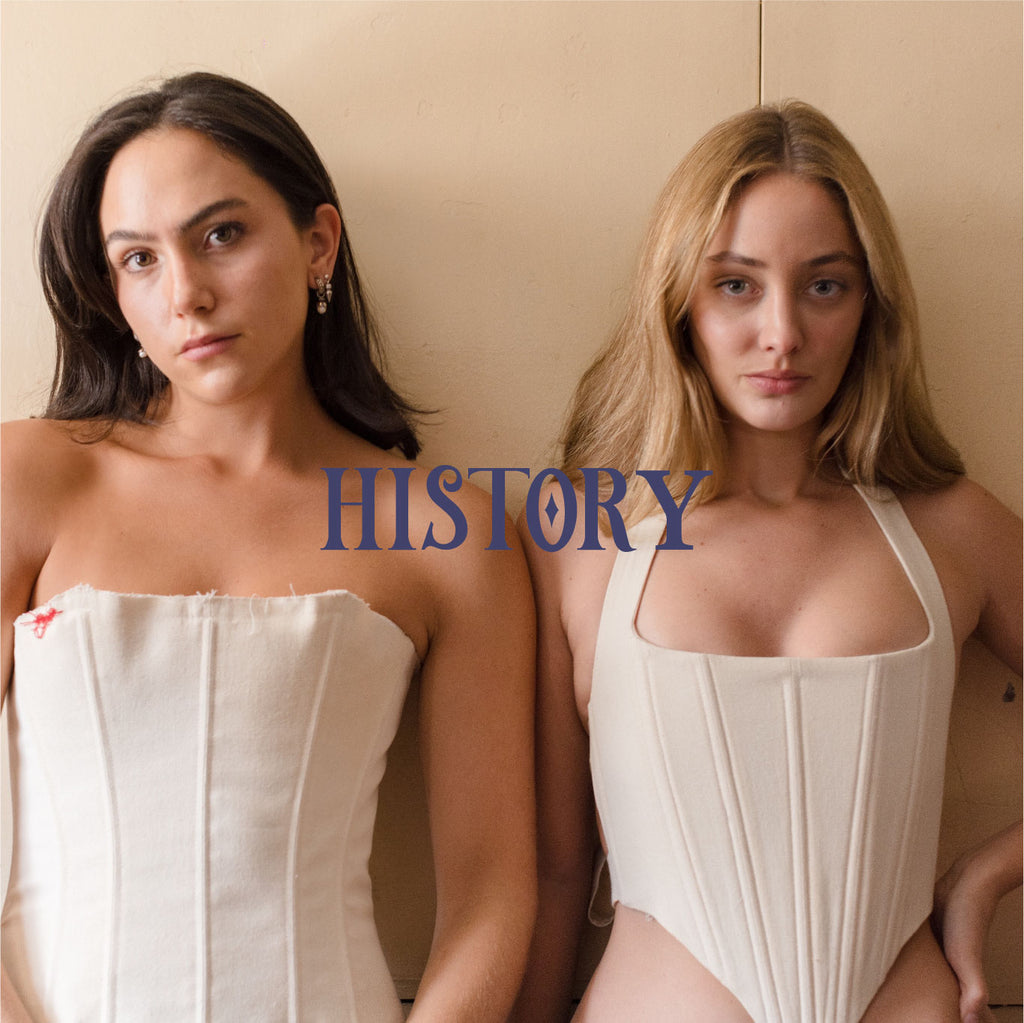
Unveiling the Elegance: A Stroll Through the History of Corsets

Corsets have long been a symbol of both fashion and controversy, weaving through centuries with a rich tapestry of styles, functions, and societal implications. As we fasten the ties of curiosity, let's delve into the intriguing history of corsets, exploring why these garments were embraced, how they evolved, and the stories they silently tell.
Origins of the Corset: A Cinched Beginning
The roots of corsetry can be traced back to ancient civilizations. It was in Crete around 2000 BCE that the first rudimentary form of a corset emerged. Minoan women wore a garment with a fitted bodice that accentuated the waist, setting the stage for what would become a timeless trend.
However, the corset as we know it began to take shape during the Renaissance in the 16th century. European women, particularly in Italy and France, sought a way to achieve the coveted hourglass figure. Enter the "stays," a precursor to the corset, designed to shape and support the torso. These early versions were constructed with whalebone or wooden stays and served a functional purpose beyond fashion, aiding in posture and providing a structural foundation for elaborate garments.
The Social Symbolism of Corsets: A Tightened Elegance
During the 17th century, the corset transformed from a functional undergarment to a symbol of social status. The French court, under the reign of Louis XIV, embraced corsets as a marker of refinement and sophistication. The garment became synonymous with nobility and wealth, contributing to its popularity among the upper classes.
As the centuries progressed, the use of corsets extended beyond the aristocracy. The Victorian era saw the corset reach its zenith in terms of popularity and societal expectations. Women from various social classes sought to achieve the fashionable hourglass silhouette, leading to the democratization of corsetry. However, the rigidity of Victorian morality also added an interesting layer to the corset's narrative; its tight-laced structure mirrored the restrictions placed on women in that era.
Fashion Evolution: From Tight Laces to Liberation
The 20th century witnessed a shift in fashion and social attitudes, marking the decline of the corset's dominance. The early 1900s introduced looser, more comfortable silhouettes, reflecting the changing roles and aspirations of women. The suffrage movement and the demand for practical, emancipated clothing gradually liberated women from the restrictive corset.
Despite its decline in daily wear, the corset experienced periodic revivals as a symbol of empowerment and rebellion. The 1980s and 1990s witnessed a resurgence of corsets as outerwear, embraced by pop icons and fashion-forward individuals alike.
Modern Resurgence: A Fusion of Tradition and Trend
In the 21st century, the corset has undergone a renaissance, blending traditional craftsmanship with contemporary style. Designers celebrate the corset's historic allure while adapting it to meet the comfort and aesthetic preferences of the modern wearer. Corsets are now not only a fashion statement but also a form of self-expression and body positivity.
Lacing the Past with the Present
The history of corsets is a captivating journey through time, weaving tales of fashion, social norms, and women's evolving roles. From their utilitarian origins to symbols of status and later rebellion, corsets have adapted to the ever-changing landscape of style and societal expectations. Today, as corsets experience a revival, they serve as a bridge between the elegance of the past and the bold individuality of the present, reminding us that fashion is not merely a garment; it's a narrative that transcends time.

